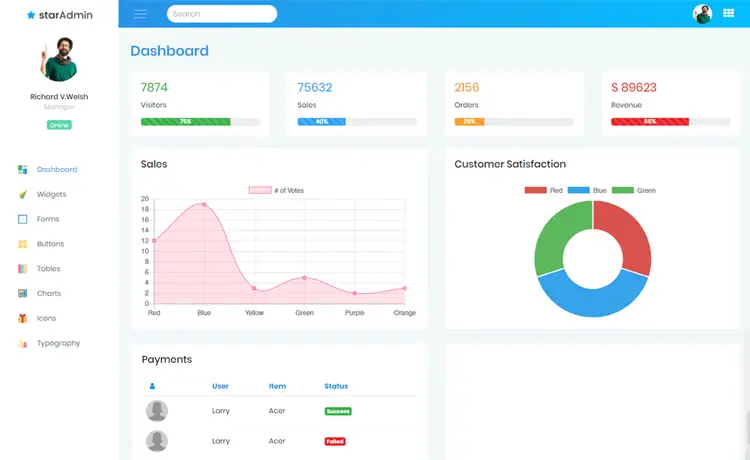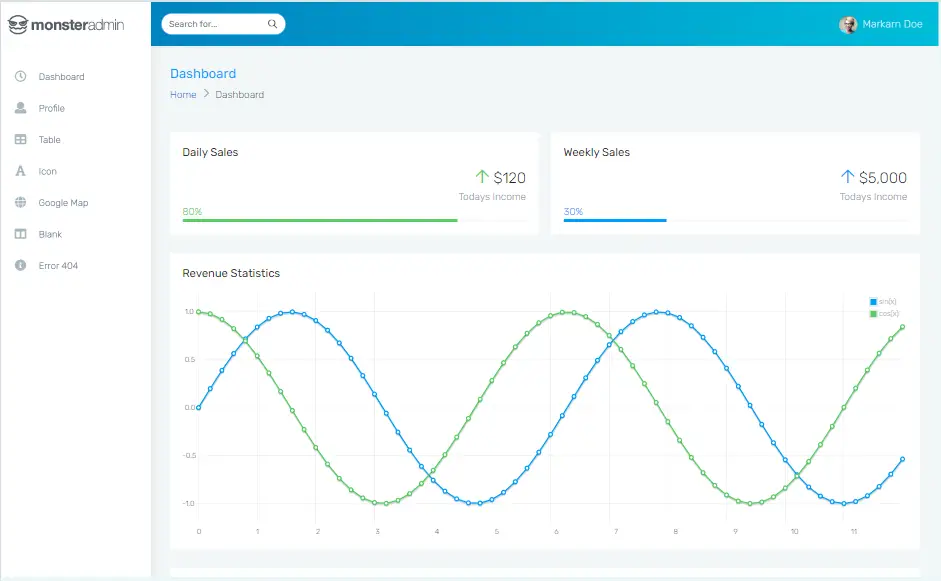XML Serialization in C# .NET
By Tan Lee Published on Dec 15, 2024 628
The article covers how to serialize and deserialize objects in C#.
XML Serialization in C# .NET: A Comprehensive Guide
Serialization allows complex objects to be converted into a format suitable for storage or transmission. XML is a widely used serialization format in C# due to its human-readable and platform-independent nature.
C# provides the System.Xml.Serialization namespace, which contains classes and attributes specifically designed for XML serialization.
To control the XML serialization process in C#, we can use attributes from the System.Xml.Serialization namespace.
XmlRootAttribute: Specifies the XML root element name for the serialized object.XmlElementAttribute: Defines the XML element name for a specific class member.XmlAttributeAttribute: Indicates that a member should be serialized as an XML attribute instead of an element.XmlIgnoreAttribute: Excludes a member from the serialization process.XmlArrayAttribute: Specifies that a member represents an array of elements in the XML structure.
Start by creating a class that represents the data structure you want to serialize.
public class Person
{
pulic int Id { get; set; }
public string Name { get; set; }
public int Age { get; set; }
}
Use the XmlSerializer to convert an object into XML. You need to specify the type of the object you're serializing.
public void SerializeObject()
{
Person person = new Person { Id = 1, Name = "John Doe", Age = 25 };
// Create a new XmlSerializer instance
XmlSerializer serializer = new XmlSerializer(typeof(Person));
// Use a StringWriter to serialize the object to a string
using (StringWriter writer = new StringWriter())
{
serializer.Serialize(writer, person);
string xml = writer.ToString();
Console.WriteLine(xml); // Output the XML string
}
}The above code serializes a Person object into XML. The StringWriter is used to capture the serialized XML as a string.
Output:
<?xml version="1.0" encoding="utf-16"?> <Person xmlns:xsi="http://www.w3.org/2001/XMLSchema-instance" xmlns:xsd="http://www.w3.org/2001/XMLSchema"> <Id>1</Id> <Name>John Doe</Name> <Age>25</Age> </Person>
You can also deserialize an XML string back into an object using XmlSerializer.
public void DeserializeObject(string xml)
{
XmlSerializer serializer = new XmlSerializer(typeof(Person));
using (StringReader reader = new StringReader(xml))
{
Person person = (Person)serializer.Deserialize(reader);
Console.WriteLine($"Id: {person.Id}, Name: {person.Name}, Age: {person.Age}");
}
}
You can serialize to a file by passing a Stream or TextWriter to the Serialize method and read from a file using the Deserialize method.
To serialize an instance of the Person class, we can use the XmlSerializer class from the System.Xml.Serialization namespace. This class provides the functionality to convert the Person object into its XML representation, which can be stored or transmitted as needed.
var person = new Person { Id = 1, Name = "John Doe", Age = 25 };
XmlSerializer serializer = new XmlSerializer(typeof(Person));
using (TextWriter writer = new StreamWriter("person.xml"))
{
serializer.Serialize(writer, person);
}Deserialization is the process of converting XML data back into an object. This can be accomplished using the XmlSerializer class, which reads the XML data and reconstructs the corresponding object in C#.
XmlSerializer serializer = new XmlSerializer(typeof(Person));
using (TextReader reader = new StreamReader("person.xml"))
{
Person person = (Person)serializer.Deserialize(reader);
}In this code snippet, we create an instance of the XmlSerializer class, passing the type of object we want to deserialize. A TextReader (such as StreamReader) is used to read the XML data from a file. We then call the Deserialize method of the serializer, passing the reader as a parameter. The result is an object of the Person type, which contains the deserialized data from the XML.
Handling XML Namespace
When dealing with XML serialization, we may encounter scenarios where the XML contains namespaces. To handle these namespaces, we can use the XmlSerializerNamespaces class. This class allows us to define and manage the namespaces that should be included in the serialized XML, ensuring that the output complies with specific XML namespace requirements.
XmlSerializer serializer = new XmlSerializer(typeof(Person));
using (TextWriter writer = new StreamWriter("person.xml"))
{
XmlSerializerNamespaces namespaces = new XmlSerializerNamespaces();
namespaces.Add("custom", "http://example.com/custom-namespace");
serializer.Serialize(writer, person, namespaces);
}In the above code, we create an instance of the XmlSerializerNamespaces class and add the desired namespaces using the Add method. We then pass the namespaces object as the third parameter to the Serialize method, ensuring that the XML is serialized with the specified namespaces.
XML serialization plays a crucial role in modern software development, enabling the persistence and exchange of object data in a platform-independent manner. In this article, we explored the basics of XML serialization in C# using the System.Xml.Serialization namespace. We learned how to serialize and deserialize objects using the XmlSerializer class and how to handle namespaces.





